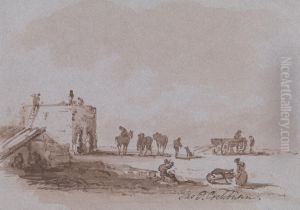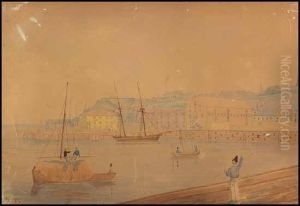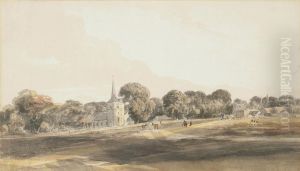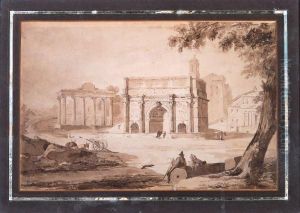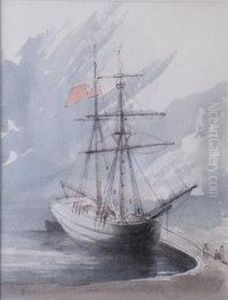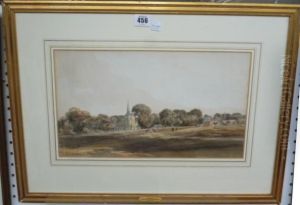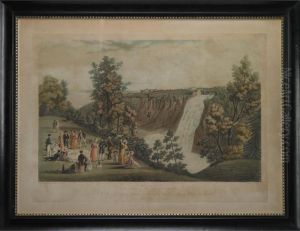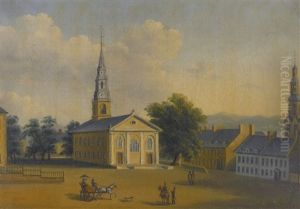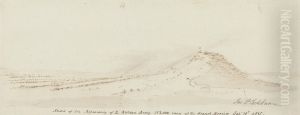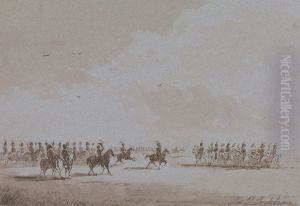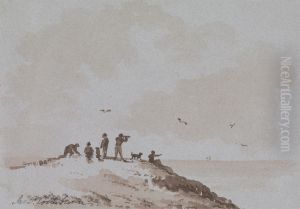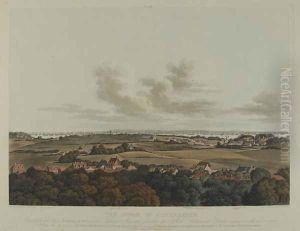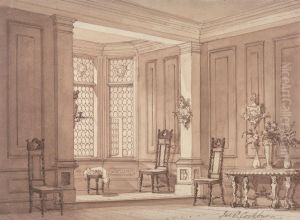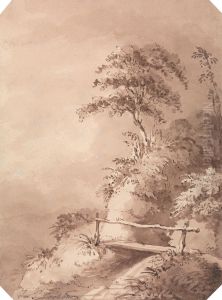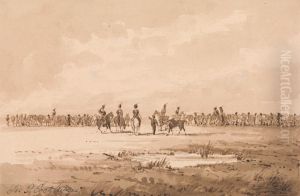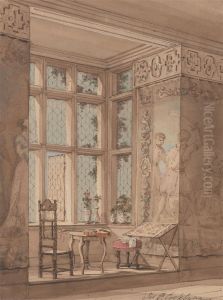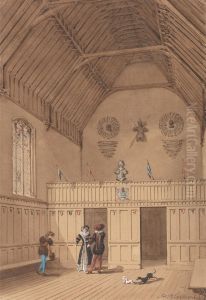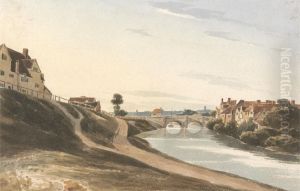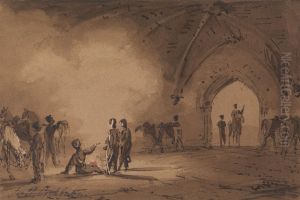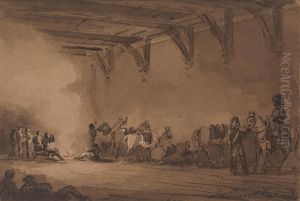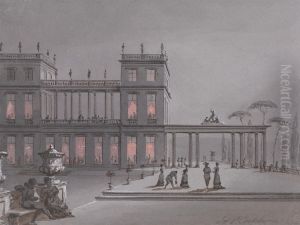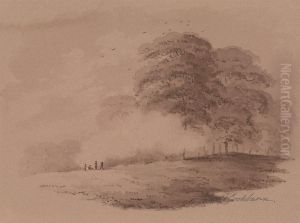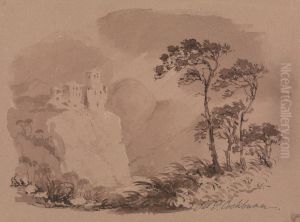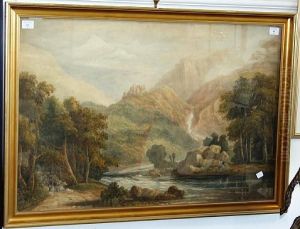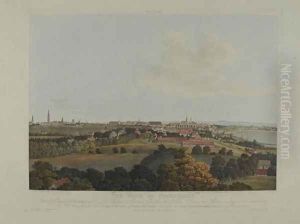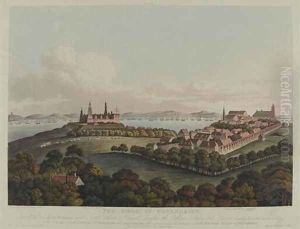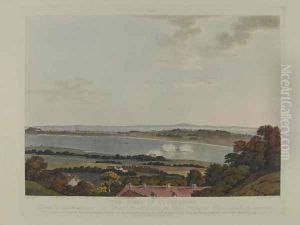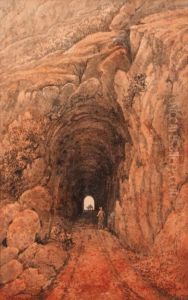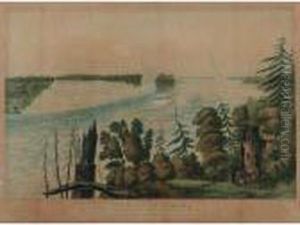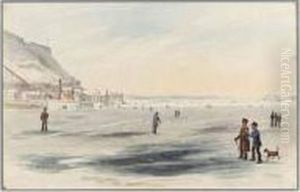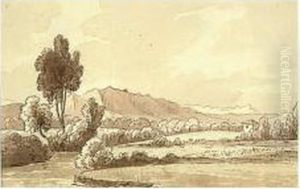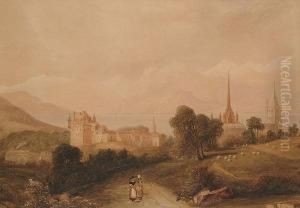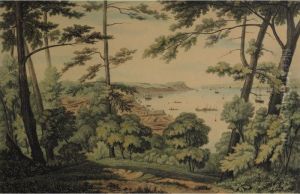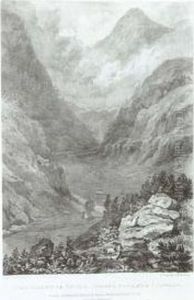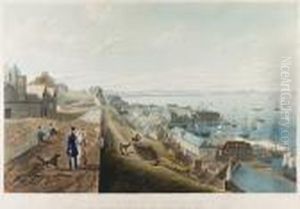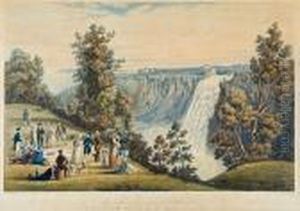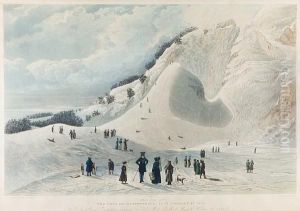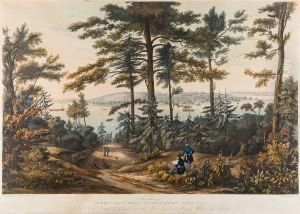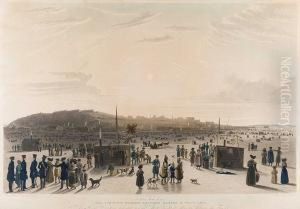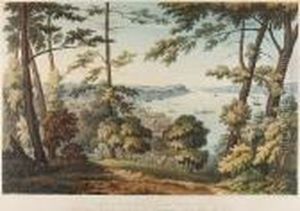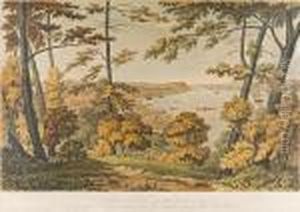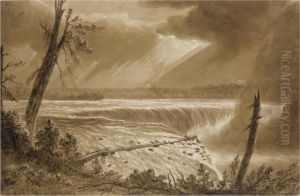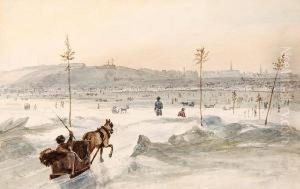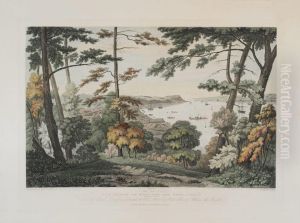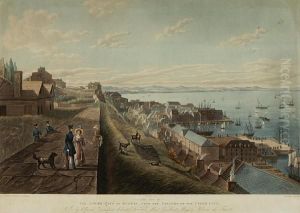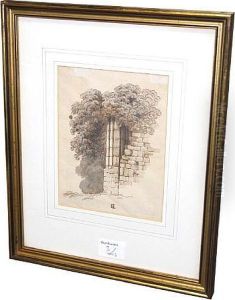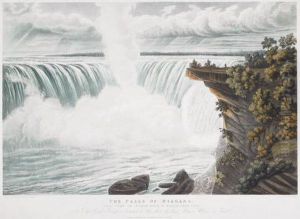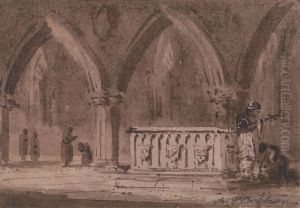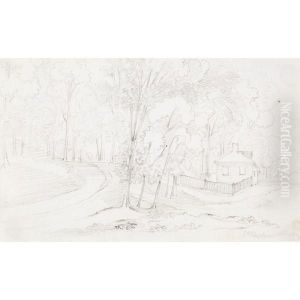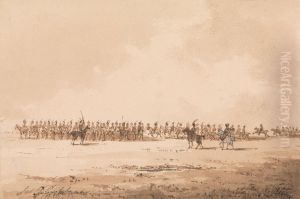Cockburn, James Pattison Paintings
James Pattison Cockburn was a British artist and military officer known for his detailed watercolors and prints, especially those documenting landscapes, architecture, and scenes of daily life, mainly in Canada and the West Indies. Born on March 18, 1779, in New York, to a Scottish military family that was based in the American colonies, he moved back to Britain with his family after the American War of Independence.
Cockburn attended the Royal Military Academy in Woolwich, England, where he received his formal military training. However, his interest in art was evident from an early age, and he eventually became known more for his artistic work than his military endeavors. He joined the British Army and was commissioned as a second lieutenant in the Royal Artillery in 1798. His career in the army offered him the opportunity to travel, which was instrumental in the development of his work as an artist.
Throughout his military postings, Cockburn took the opportunity to sketch and paint the new landscapes and societies he encountered. From 1807 to 1815, he was stationed in Canada, where he produced a significant number of watercolors depicting the Canadian landscape. These works are considered important historical records of early 19th-century Canadian settlements, towns, and natural scenery. His artworks from this period were later published as part of a series of prints titled 'Canadian Scenery' in 1831.
Cockburn's work is characterized by its fine detail, accuracy, and the delicate use of watercolor, which made his prints highly sought after by collectors and those interested in exotic locales. After Canada, he served in the West Indies, where he continued to paint and eventually published another series of prints, 'Cockburn's West Indies', which were well received for their vibrant portrayal of Caribbean life and landscapes.
Later in his career, Cockburn returned to Europe, where he continued to paint scenes from his travels. He was promoted to major-general in 1846, just a year before his death on March 18, 1847. Today, James Pattison Cockburn is remembered as an important figure in Canadian art history, and his work provides invaluable insight into the visual history of Canada and the West Indies during the early 19th century. His prints and watercolors are held in various collections, including those of the National Gallery of Canada and the British Museum.
